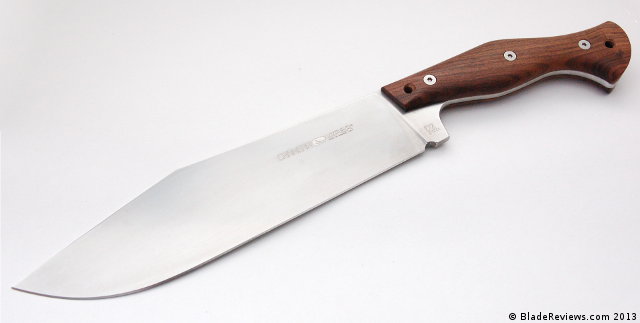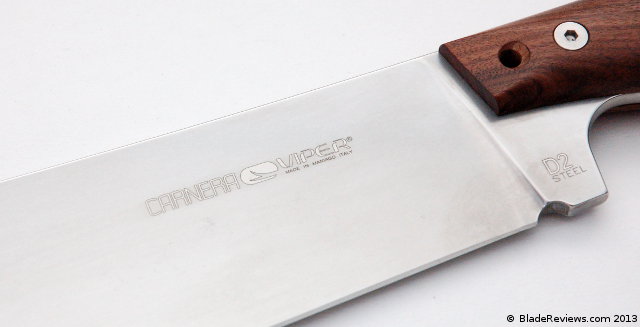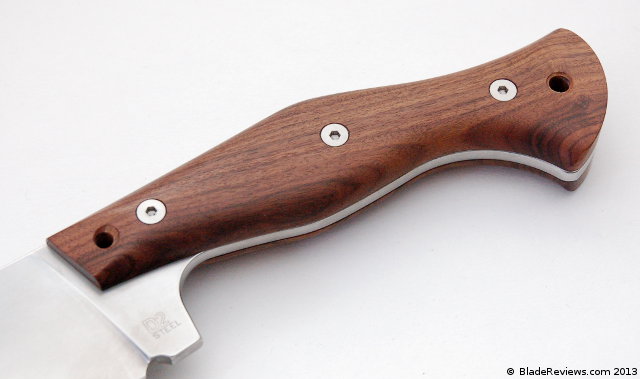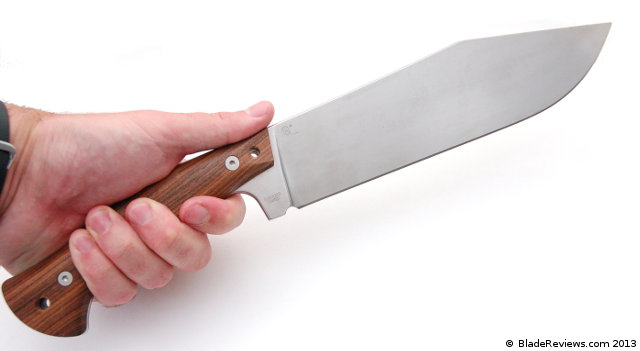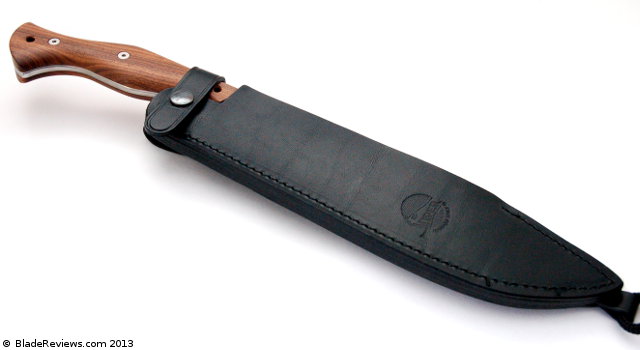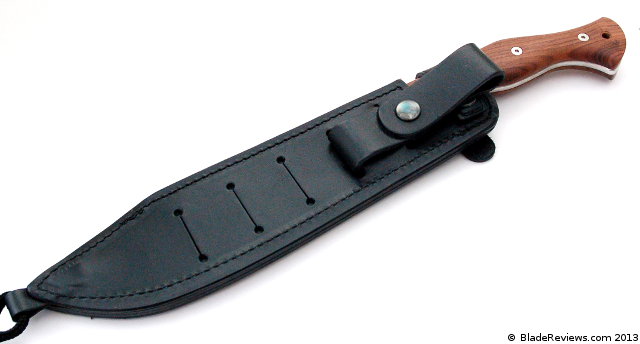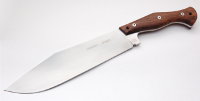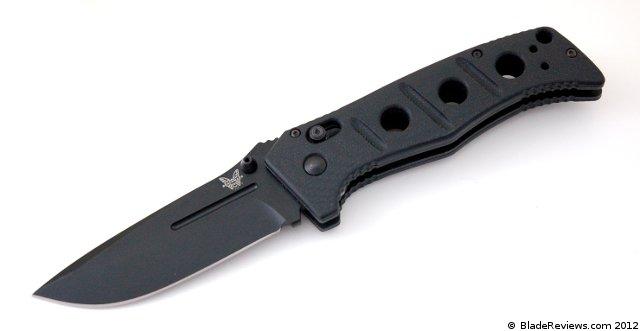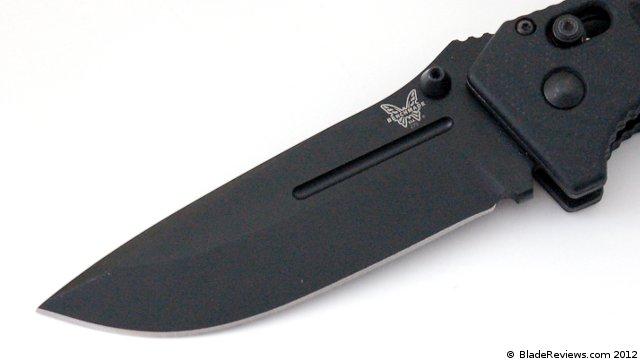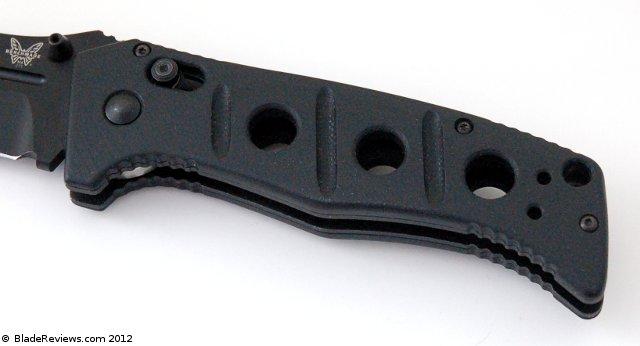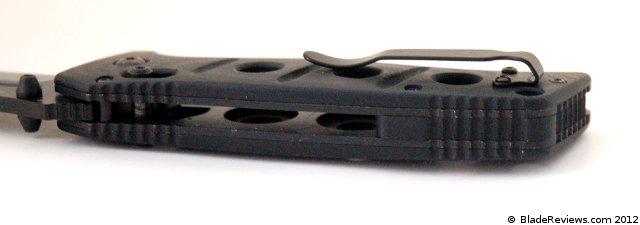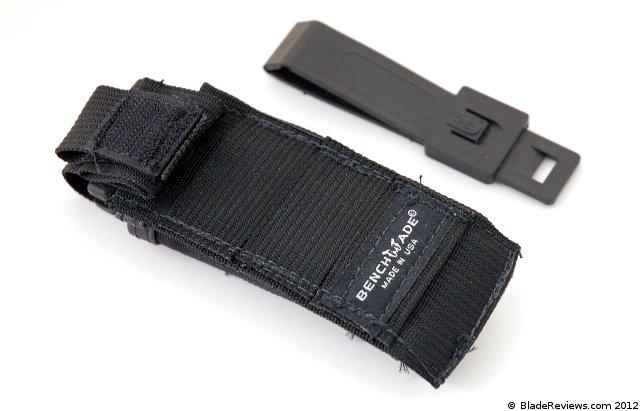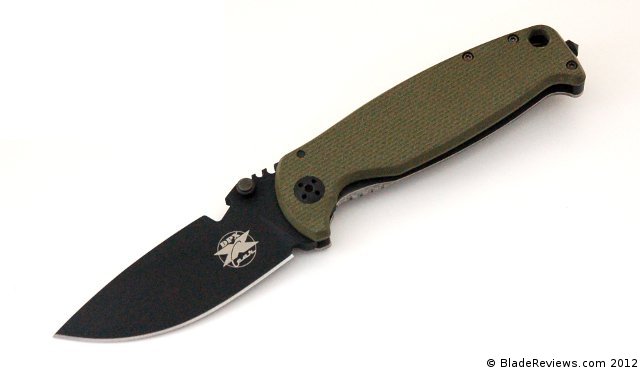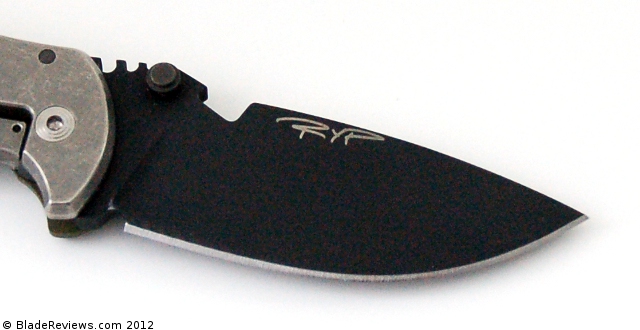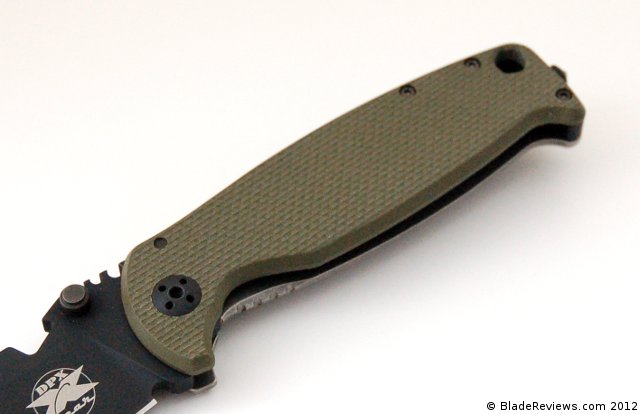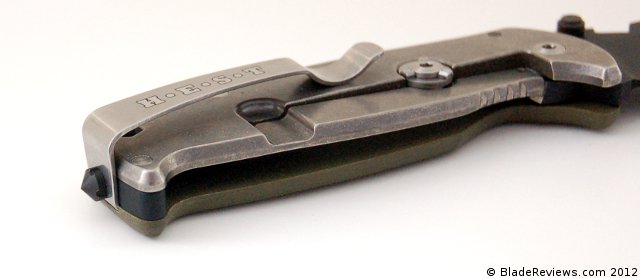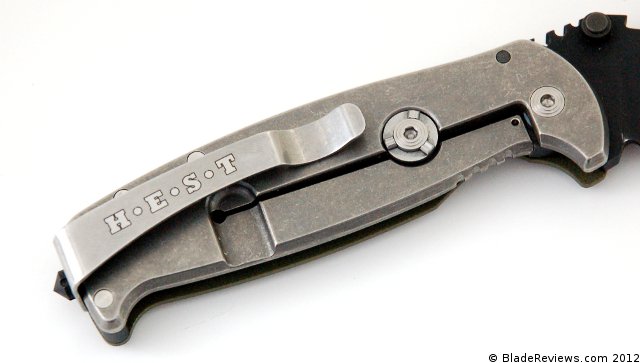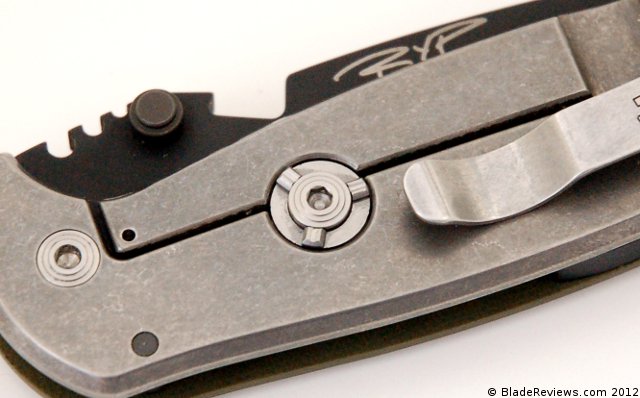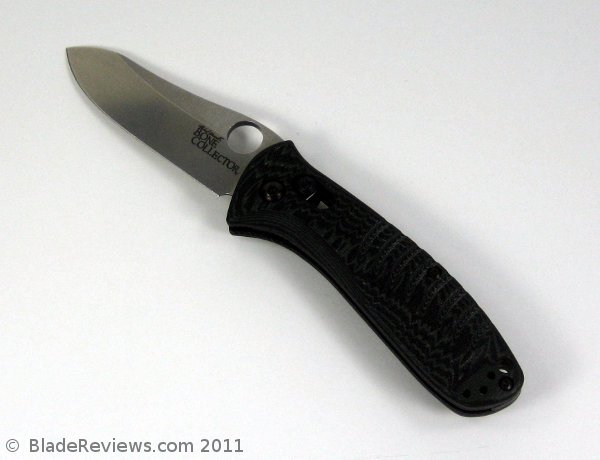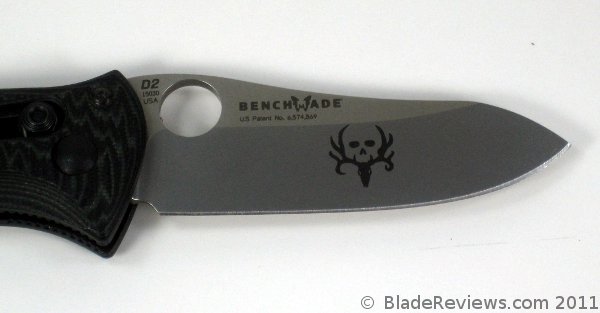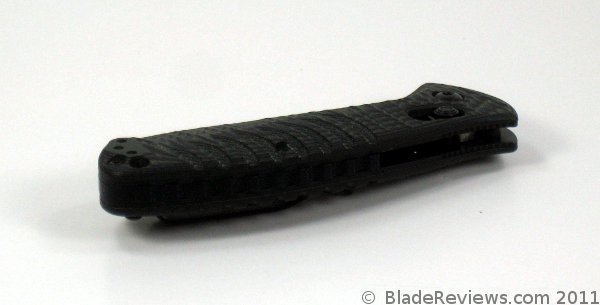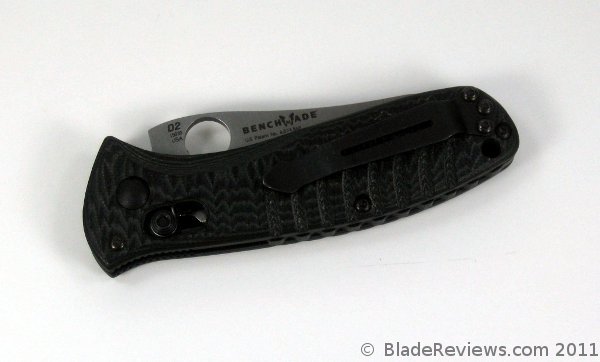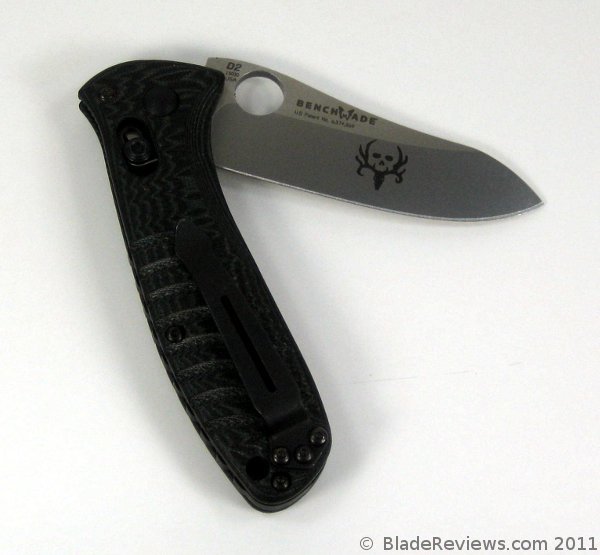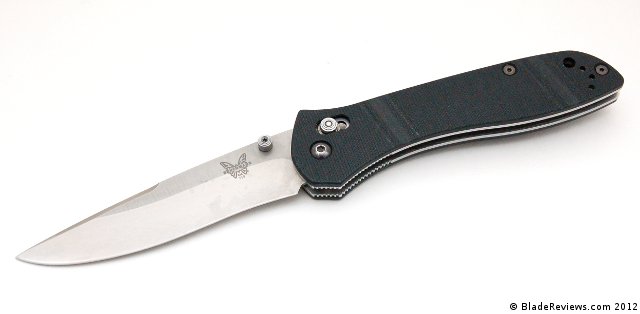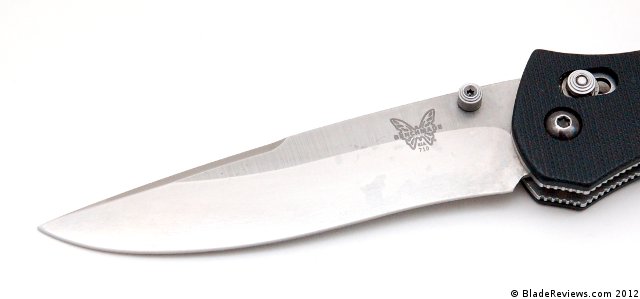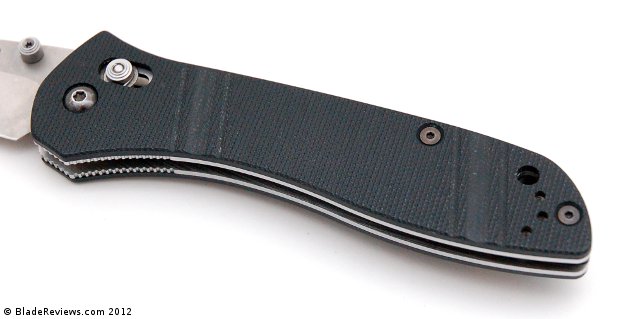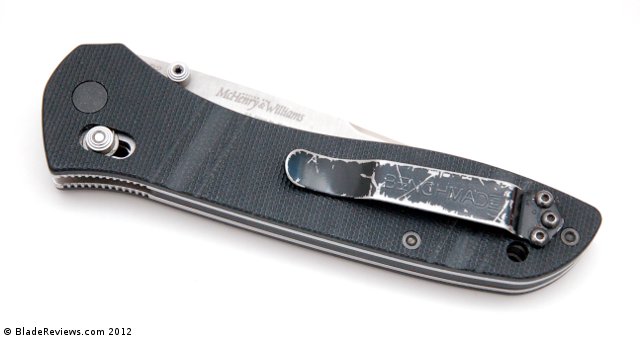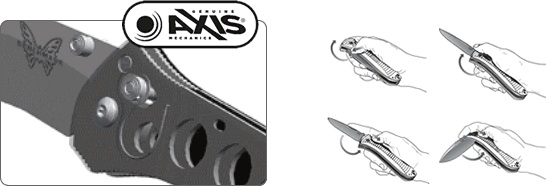Last Updated: July 27, 2018
Every so often as a knife collector I have had my expectations taken up a notch. For purposes of this introduction I’ll call them “game changing blades.” Making the jump from a $25 knife to a $65 knife was one such moment – my move from a CRKT M16 to a Benchmade Griptilian opened my eyes to what nice knives were all about. Climbing up the ladder further I have experienced the incremental improvements that often come with expending increasingly more money on a knife.
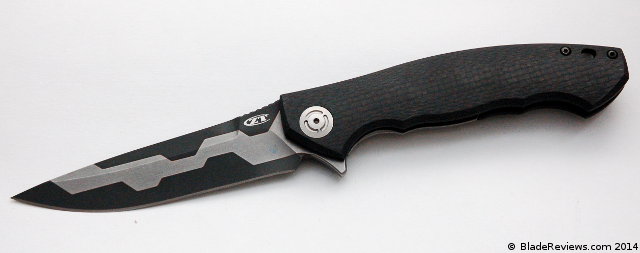
The jump to a CRK Sebenza was one such revelation. And I have to consider the Zero Tolerance 0560 and the Lionsteel SR-1 as game changers in their own right as well. Maybe these weren’t leaps directly correlated to the price of the knife, but each blade brought it’s unique strengths in quality of construction, innovation, and design. I have appreciated the experience as a collector and that is a huge part of the reason why I continue to spend time working on this website.
Well the 0454 is another game changer – in so many ways that I hardly know where to begin. Designed by Belarusian knifemaker Dmitry Sinkevitch the Zero Tolerance 454 may be the sexiest blade to cross my path yet. This knife has not yet been released to the public and was named the Blade Show 2013 knife of the year. I was extremely fortunate to be one of the lucky 10 individuals selected at random at the 2014 Blade show for the opportunity to buy this knife.
I remember winning the 454 like it was yesterday, because it actually was only a few weeks ago. I had entered this lotto among many others on offer at the Blade show. In addition to the 0454 I was hoping for the chance to score a Brad Southard, Michael Burch, or perhaps even a Hinderer XM-18 at a reasonable price. Most of the time these lottos don’t pan out, but you have to be in it to win it. So I could barely believe my ears when my name and number were called by Kershaw Jen for the 0454 lotto.
My first thought after parting ways with $500 and tucking the 454 into my backpack was, “I hope I don’t get stabbed in the parking lot over this thing” because I knew that the fabled 888 has sold for as much as $3,000 at auction. Thankfully I made it out of the parking lot and all the way back home to Florida with only a scrape, and I feel incredibly fortunate to bring you this review.
Let me start by disclaiming that I have not carried this knife nor have I actually used it to cut anything. I will in all likelihood keep it as a collectible as it’s an incredible knife and very rare. I will be examining it as critically as I can, but take this “review” with a big grain of salt…
General Dimensions and Blade Details
The 454 has an overall length of 9.385″, sports a 4.1″ blade, and weighs a mere 4.1 ounces. This is the cutlery equivalent of a supermodel, with biologically improbable dimensions and curves that make the jaw drop and eyes glaze over. The knife feels like a feather in hand, and they have crammed a ton of blade into this slender profile.
The 454 has a modified drop point blade. There is something about Dmitry Sinkevich’s designs that really speak to me. Whether it’s his collaborations with Shirogorov, Fantoni, or this one with ZT, I am really enjoying the hard lines and athletic curves of his designs. The this is a long narrow blade, and it fits well with the long narrow handle. It has a high flat grind and a long swedge. The tip is very fine but it feels like there is still some meat behind it. If I actually cut anything with it I’ll let you know how it performs but I can say it came shaving sharp and I’ve already managed to cut myself twice with this long blade.
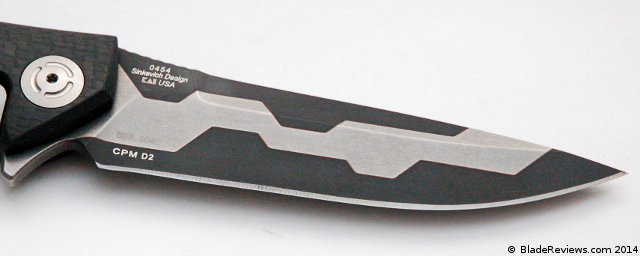
One of the proudest features of the 454 is its composite steel blade. The dark sections are CPM D2 while the silver middle section is 12C28N. The pieces have been braised together with copper. It isn’t clear what they have managed to heat treat this knife to, although I know that ZT has struggled to properly manufacture and heat treat some of these fancy composite blades in the past. I have plenty of knives that I can cram into my pocket and cut with, so I don’t feel the need to do that with this very rare knife. Some people feel the need to carry and use every knife in their collection – even expensive custom pieces. I have my users and and I have my collector pieces, and the 454 is firmly in the collectible category. I won’t make any qualms about that.
Handle, Ergonomics, and Pocket Clip
Every piece of the 0454’s handle has been 3-D machined. ZT started with two slabs of carbon fiber, sandwiched them between a titanium backspacer, and went to town with them. The finishing work is immaculate and the carbon fiber handle makes the knife feel exceptionally light for its size. Even the lanyard hole has been elegantly rendered. Everything is just super nice.
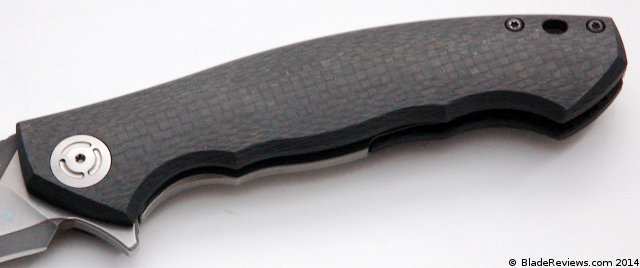
The 454 is a long knife, so it should come as no surprise that there is plenty of room for your hand. The curves of the handle fit my fingers naturally and the 3-D machined carbon fiber fills the hand. There is a row of mild jimping on the thumb ramp. It does a great job indexing and holding the thumb in place without being overly sharp or irritating. I haven’t used this knife hard, but I think this will be a comfortable knife to use.
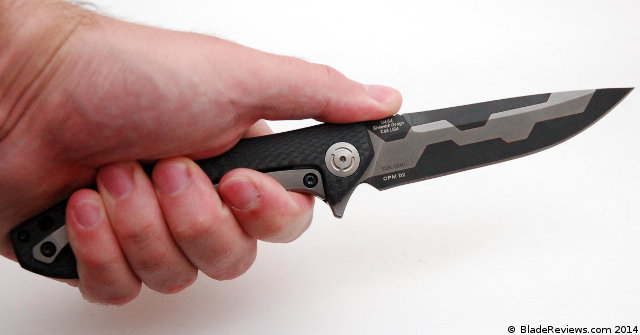
The pocket clip is an elegant piece of 3-d machined titanium, and looks like something out of the Shirogorov catalog. Jim Skelton has told us that any knife over $700 should have a 3-d machined pocket clip. My only experience with these kinds of clips has been with my Mnandi (a knife I have really grown to enjoy), and I am very happy to see this clip on the 454. It elevates it and makes it even more unique. I’ve never used this pocket clip, but the spring is very strong and is positioned for deep right side tip up carry. I’m glad they didn’t go ahead and drill a bunch of holes in this piece. As Thomas W can attest to, pocket clips can be tough to get right, but I wouldn’t change a thing with this one.
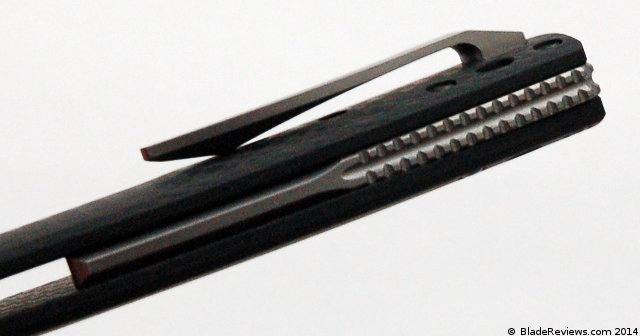
Deployment and Lockup
I have publicly commented that I think that people that wax poetic for extended lengths about how well their knives flip are blowhards. I made sure to skip lunch before writing this review because I am about to eat my own words. Deploying the 454 is like deploying a surface to air missile. The detent is strong and the blade explodes open, without fail, every single time. By far it is the most robust flipper in my collection. Zero Tolerance installed their KVT bearing system and the blade rotates around a large decorative pivot. The action is smooth. Fall closed with the force of gravity smooth. I will say that the flipper tab can be tough to use some time. The combination of uber strong detent and total lack of jimping on the tab means that my finger has slipped off the trigger on more than one occasion when trying to flip open the knife.
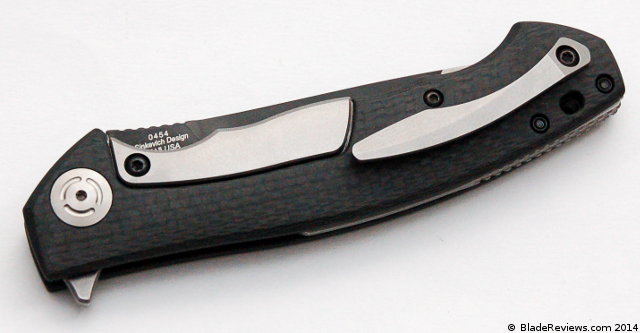
ZT installed a sub frame lock on the 454. This is the same technology used in their higher production products, like the recently reviewed Kershaw Knockout, and I think it is cool to see that translate up and down their product line. This time around they upped the ante by 3-D machining the sub frame lock out of titanium, and then installing a stainless steel lock insert that doubles as a hidden over-travel stop mechanism. Lockup is early and secure, and blade centering is perfect. One thing I noticed on my 0454 is that the oversized pivot screws on my knife did not come with locktite. After only a couple flips they began backing out. I could cinch them back down with the meat of my thumb, but after a couple days I noticed a slight rattle with the handle. After torquing down the pivot with a driver I was able to fix the problem and remove the rattle entirely.
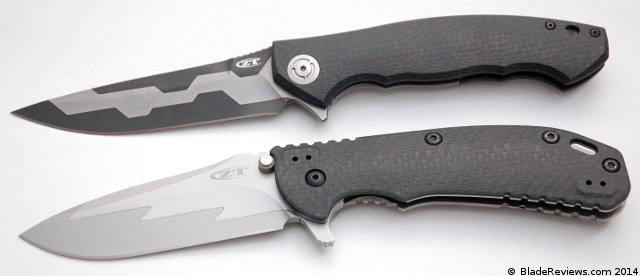
Zero Tolerance 0454 Review – Final Thoughts
I don’t think anyone will be surprised when I say that the 0454 is one hell of an awesome knife. As a collector and enthusiast of high end production pieces I am extremely impressed by the 454. The beautiful design, high end materials, advanced manufacturing, and impeccable fit and finish all make this well worth the $500 asking price to me. The 0454 is yet another showcase of Zero Tolerance’s talent and we can only hope that the sweet stuff found in these high end limited production knives continue to trickle down to ZT’s mass market products.
Buy one without regret if you have the funds and the opportunity, but don’t wait long – I see no reason why the 0454 won’t be as coveted and collected as the triple seven or 888.
- Titanium frame lock houses hardened steel lockbar; frame lock secures blade in position so it does not close accidentally
- Flipper works for left- and right-handed users; assists blade’s manual release with one-handed convenience
- Finger guard, jimping and choil protect fingers during rigorous use while slicing, cutting, chopping, scaling, slashing, piercing or digging in any environment, in any conditions
- Drop-point tip provides extra strength and chip resistance and eliminates pitch momentum
- Overall length: 7.4 inches; closed length: 4.1 inches; blade thickness: 0.121 inches; weight: 2.9 ounces
These currently aren’t for sale, although I guess you could always lust over them at BladeHQ or pick up a ZT452 at Amazon to try and scratch that itch. As always, buying anything through the links on this site helps support BladeReviews.com, and I greatly appreciate it. Thank you so much for all of your support.

